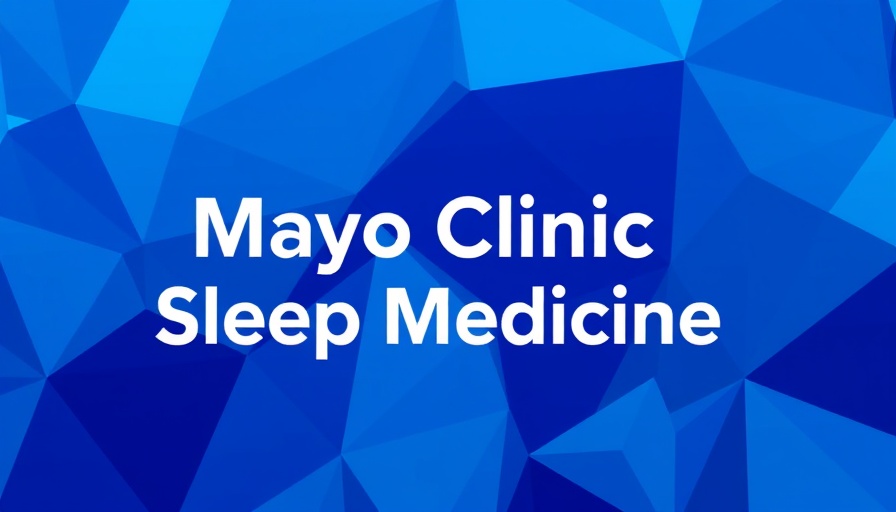
Why Now Is the Time for Prior Authorization Overhaul
The recent updates from the Centers for Medicare & Medicaid Services (CMS) regarding prior authorization are more than just regulatory changes; they represent a pivotal moment for the healthcare industry. The new Interoperability and Prior Authorization Final Rule requires health plans to adopt a FHIR-based Prior Authorization API by January 2027, signaling a much-needed modernization in how providers and payers interact. This initiative also enforces standardized response timelines and requires health plans to document denials, an essential step towards transparency in the approval process.
Compliance: The Minimum, Not the Goal
While these compliance mandates are crucial, they do not guarantee innovation. Setting standards will help reduce administrative burdens, yet without fundamentally rethinking the utilization management (UM) process, health plans may find themselves repeating the mistakes of the past. As stakeholders observe in the industry, merely adhering to new rules without addressing the inherent inefficiencies will perpetuate frustration among providers and patients alike.
The Call for Innovation: Three Key Areas to Pursue
For health plans willing to lead the way, they must focus on three primary innovation imperatives. First, design processes that prioritize provider ease rather than just internal efficiency. Second, health plans should innovate around real-time decision-making and electronic workflows that streamline the entire authorization phase. Finally, transparency must become ingrained in the ethos of health plans as they navigate this new landscape.
A Future Driven by Innovation
Ultimately, the CMS rule and the recent commitment from major health plans through AHIP are just the beginning. With heightened expectations for the digital enablement of prior authorizations, these changes should catalyze a broader movement towards more equitable and efficient healthcare practices. Only then can we break free from a system currently plagued by delays and confusion, paving the way for a future where patients receive timely care without unnecessary hurdles.
 Add Row
Add Row  Add
Add 




Write A Comment